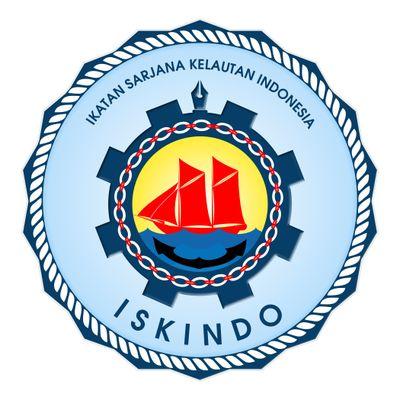Contamination Status of Lead (Pb) And Copper (Cu) Heavy Metals On The Surface Of The Sediment At Sampur Beach, Central Bangka
Abstract
Sampur Beach is one of the beaches in Central Bangka Regency with tin mining activities and a fishing area. Heavy metals in the human body can disrupt the work of enzymes and metabolism, causing cancer and mutations. This study aims to determine the status of heavy metal Pb and Cu contamination in the surface sediments of Sampur Beach. Heavy metal analysis uses the Atomic Absorption Spectrophotometry (AAS) method. The research results show that the condition of the sediment texture at Sampur Beach has a sandy to clayey sand substrate (83.09%-94.89%) and has a low Total Organic Matter (BOT) value (0.96-1.54%). The contamination factor values for metals Pb (0.00026 – 0.00036) and Cu (0.00285–0.00298) are low while the enrichment factors are high for metals Pb (95.69-220.44) and Cu (1090.89). –2084.60) which indicates the presence of anthropogenic input in addition to natural input. The geoaccumulation index for Sampur Beach is low for Pb (-12.502 to -12.038) and Cu (-9.042 to -8.975) and the PLI value for Pb and Cu metals (0.00087–0.00103) is not polluted to slightly polluted.
Downloads
Copyright (c) 2023 Kasi Sastra, Mohammad Agung Nugraha, Aditya Pamungkas, Mr

This work is licensed under a Creative Commons Attribution-ShareAlike 4.0 International License.














